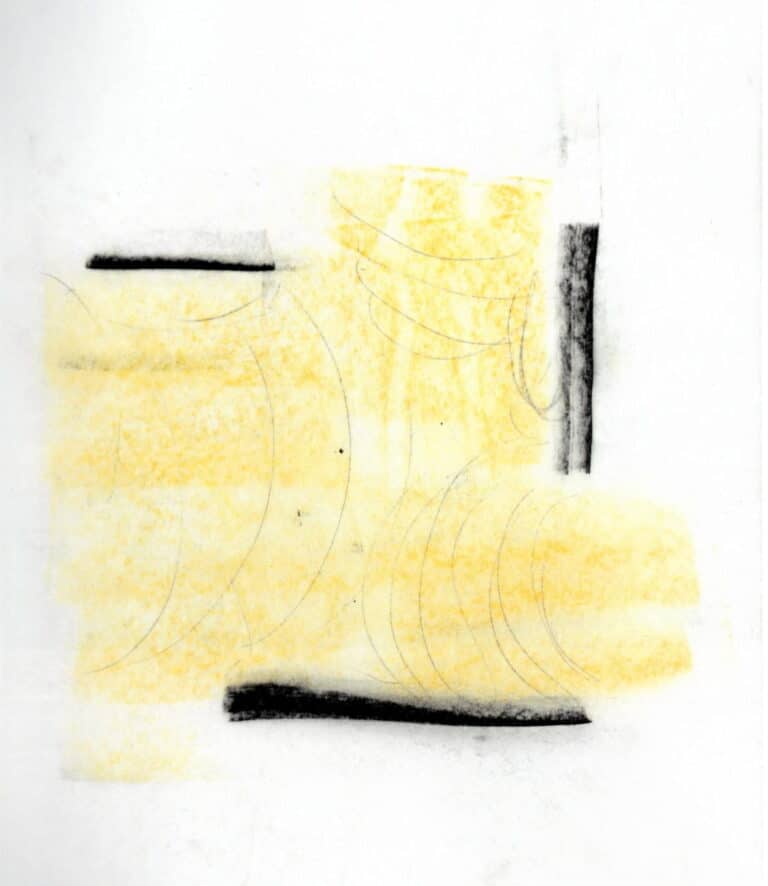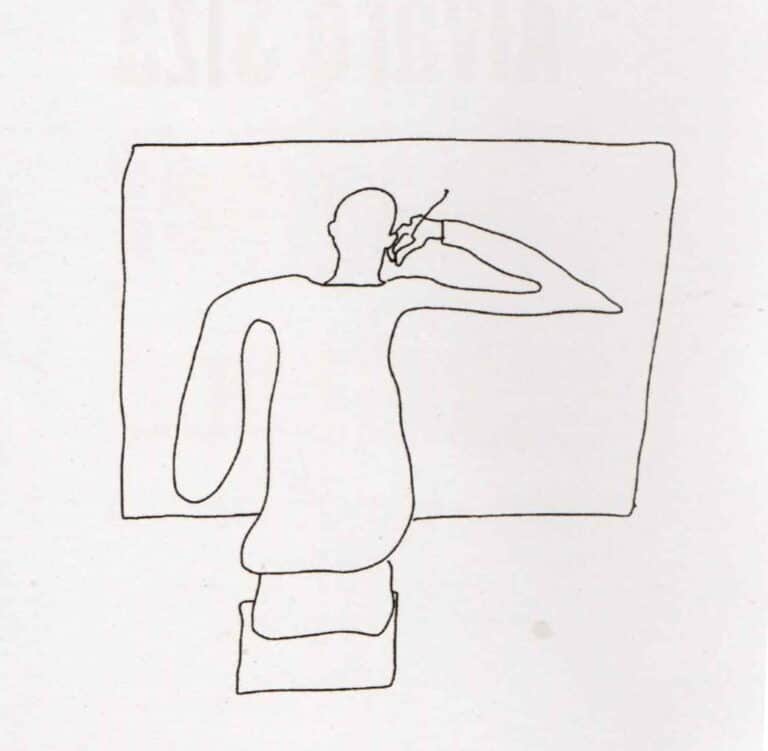Research in Art, Design, Innovation, Architecture in Normandy - RADIAN
The RADIAN doctoral program is the fruit of collaboration between the Ecole supérieure d'arts & médias de Caen/
Cherbourg, the École Supérieure d'Art et Design Le Havre/Rouen, the École nationale supérieure d'architecture de Normandie and the Ecole doctorale 558 "Normandie Humanités". Each of the partners is a member
of the Communauté d'universités et d'établissements (COMUE) Normandie Université.
The RADIAN doctoral program closely combines research and creation. It is based on an innovative model that considers research in art, graphic design, literary creation and architecture through practice, and places the work and the creative process at the heart of the doctoral student's work, in dialogue with academic research. The program is not aimed at researchers wishing to carry out exclusively theoretical work, nor at those who see it as a long-term creative residency or simple sponsorship.
Two sections
The doctoral program for Research in Art, Design, Innovation and Architecture in Normandy (RADIAN) is aimed at candidates with a MASTER II level diploma who are committed to the contemporary creative scene.
The RADIAN program is divided into two sections:
- an "architecture" section
- a "contemporary creation" section covering the fields of contemporary art, design and literary creation.
This call for applications concerns both sections.


What is the PhD-creation thesis?
The doctoral thesis-creation consists of a work (or a set of works) accompanied by a theoretical document of about 100 pages and a logbook.
Public
The RADIAN doctorate is intended for artists, architects, designers and/or authors with a proven and recognised production in their field.
Content
The doctorate is directed by two teachers, one of whom holds a habilitation to direct research, the other a graduate of one of the three cultural colleges.
RADIAN enables research to be carried out through practice and experimentation. This leads to the production of plural artistic forms, coherent with the research problematic.
Nourished by constant back and forth between theory and practice, between conceptualisation and experimentation, the research process unfolds within and with the vocabularies, languages, methods, mediums and issues of contemporary creation.
Thesis co-supervision
The doctorate is co-supervised by two teachers, one of whom holds a habilitation to direct research
and the other is a teacher at one of the partner cultural colleges.
Material conditions
Doctoral students will have access to all the facilities of the Culture colleges and partner universities. They will benefit from a doctoral contract for 36 months from January 2025, paying 2,200 euros gross per month. Doctoral contracts are supported by the art schools.
Selection procedures
Applications are examined in three stages:
- Pre-selection validating the artistic standards of the application: For the "contemporary creation" section, pre-selection is carried out at the level of the two art colleges.
For the "architecture" section, pre-selection is carried out by the École nationale supérieure d'architecture de Normandie.
The aim of pre-selection is to select candidates whose contemporary practice is firmly rooted and recognized in the artistic fields and professional creative networks concerned. - Eligibility phase to validate the scientific rigor and appropriateness of the thesis topic: The purpose of the eligibility phase is to assess the quality and originality of the proposed research, the relevance of the problematic and the research process envisaged to address it,
the relevance of the problematic to contemporary issues and questions, and the candidate's background and involvement in contemporary creative networks.
For each section, the jury pays particular attention to the relationship between creation and theory, the role of the visual arts project and the reflective quality of the research. - Admission phase:
Candidates are auditioned by the jury: 10 minutes are devoted to an oral presentation of their research project, followed by 15 minutes of discussion with the jury.
Particular attention is paid to the creative approach to research, to assess the balance between plastic and theoretical research.
Application procedures and timetable
Applications must be sent before June 3, 2024, 11:59 p.m.
Exclusively in electronic form, in a single PDF document, limited to 50 MB, in the form NAME_FIRSTNAME_NAMEOFPROJECT.PDF to be submitted on the application platform at the following address: https://cloud.esadhar.fr/files/sharing/q7TPykIX8
Applications sent by e-mail will not be accepted.
The application file contains :
- a CV of no more than 6,000 characters, including spaces, starting with the first and last name ;
- A precise research project, with a well-defined title, maximum 9000 characters including spaces, developing the research problem, specifying the section
and the disciplinary field of the application (architecture/art/design/literary creation) and including an indicative bibliography; - a twenty-page portfolio of iconographic and textual documents, enabling the jury to gain a significant insight into the creative work already undertaken by the candidates.
Audition
Candidates eligible for oral exams and results: week of September 23-27, 2024 in Rouen.
Information
Alina Chisliac, ENSA Normandie, alina.chisliac@rouen.archi.fr; Marie-José Ourtilane, ESADHaR, marie-jose.ourtilane@esadhar.org; Brice Giacalone, ésam Caen/Cherbourg, b.giacalone@esam-c2.fr